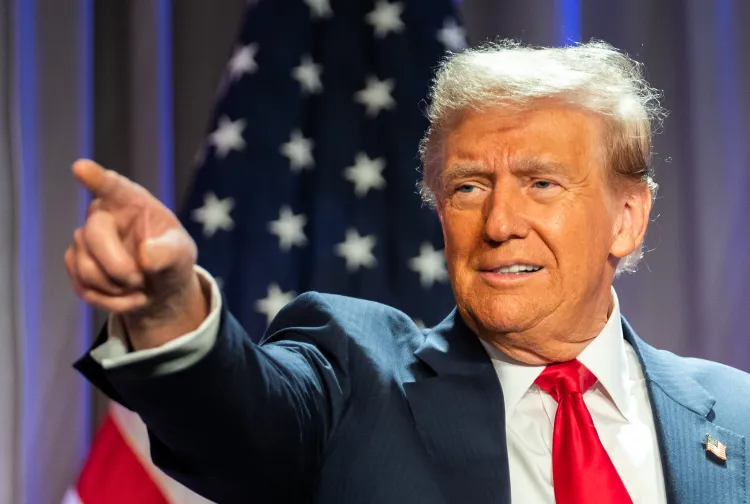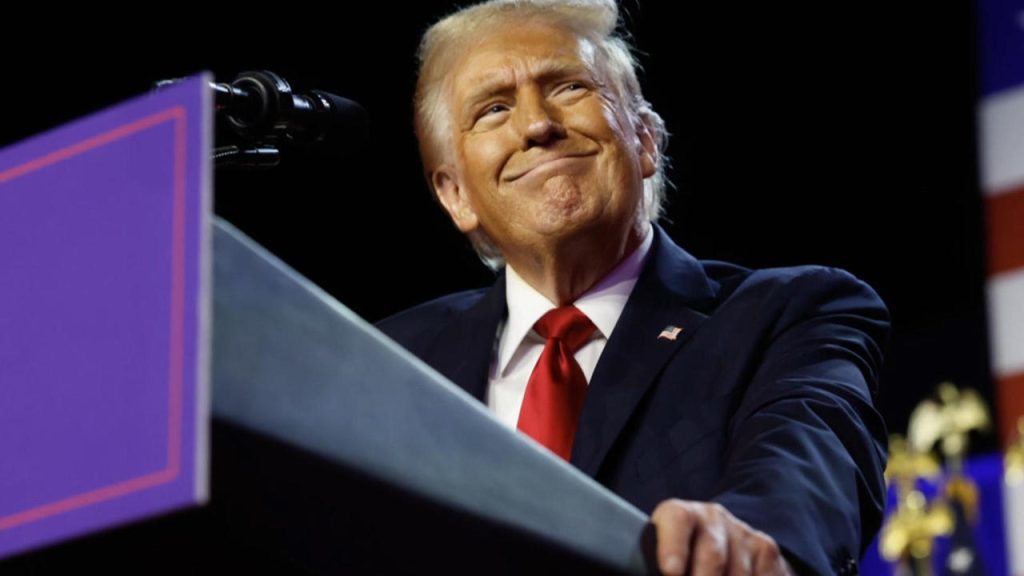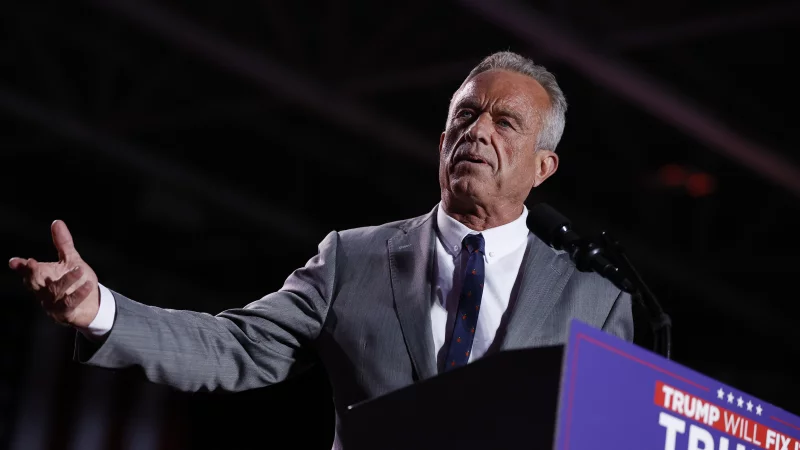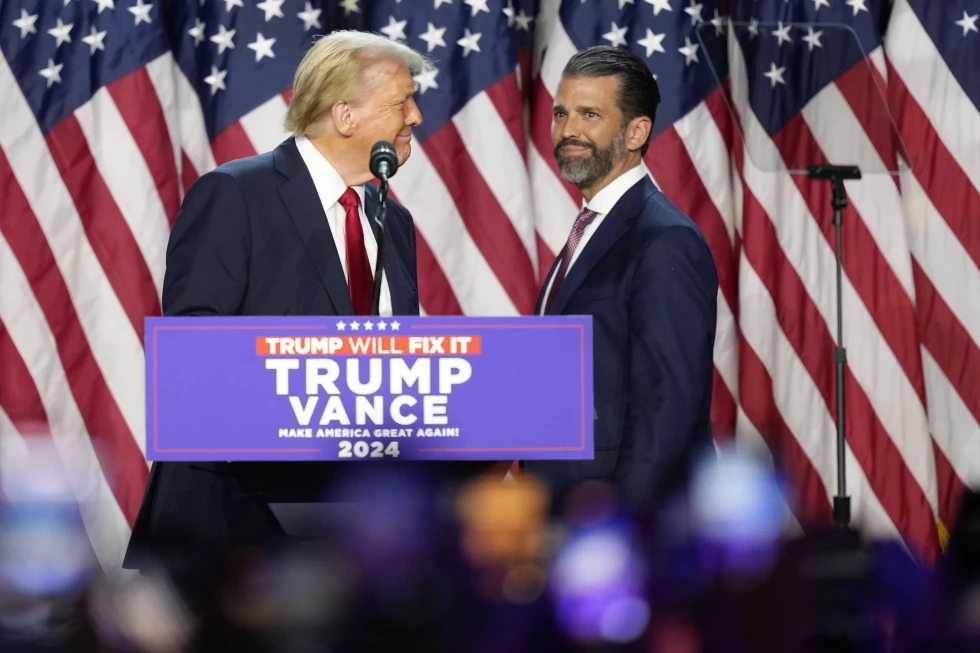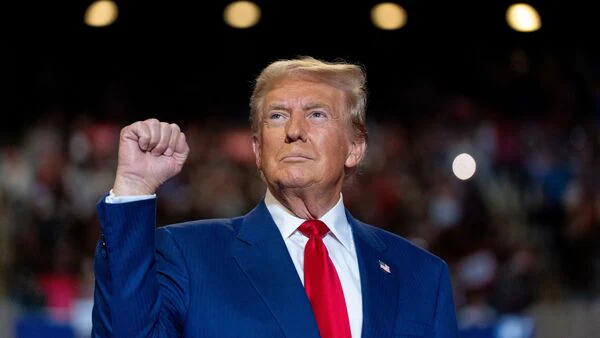Trump Moves Quickly on Recess Appointments for Key Cabinet Positions
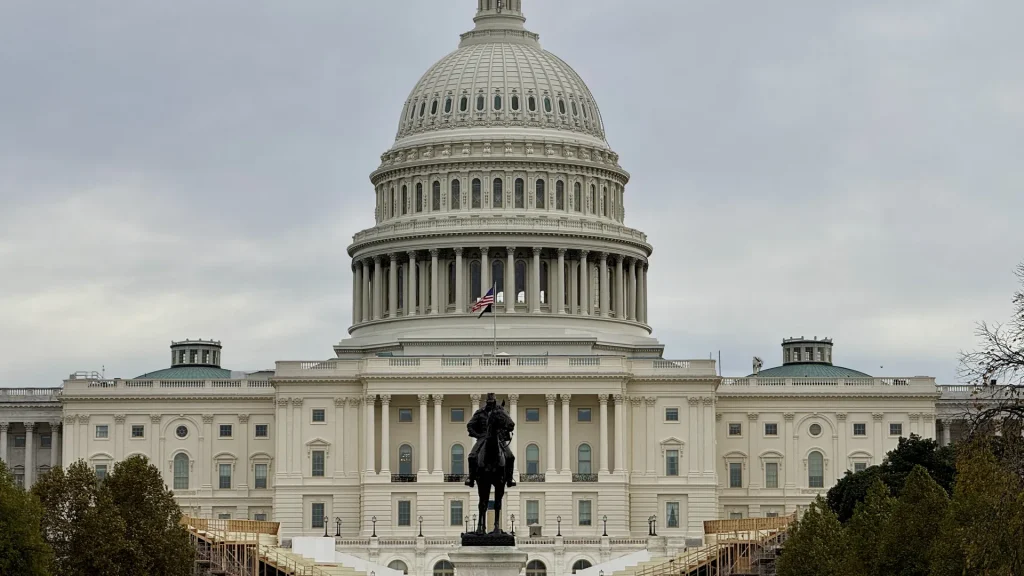
President-elect Donald Trump has used the current Senate recess to push through a series of strategic recess appointments for his second term, further solidifying his hold over critical cabinet positions. The recess appointments, which avoid the typical confirmation process in the Senate, represent a clear effort by Trump to bypass Democratic opposition and install loyalists in key positions of power.
As the Senate begins its November recess, Trump is taking advantage of the constitutional power that allows him to fill vacancies without Senate approval, a move that could have significant long-term implications for his administration. By using the recess to install top officials, Trump is effectively locking in his choices for important roles ahead of the new Congress.
Among the key figures Trump has named in his latest round of recess appointments are individuals with deep ties to his administration’s policies and priorities. These picks suggest a strategy of reinforcing his personal influence in the executive branch, particularly at a time when his presidency faces increasing scrutiny from Democrats and other critics.
Strategic Appointments and Political Implications
The most notable of these recess appointments is Robert F. Kennedy Jr., who has been tapped to lead the Department of Health and Human Services (HHS). Kennedy, a controversial figure known for his outspoken anti-vaccine stance, has been one of the most polarizing picks in Trump’s cabinet lineup. His selection has already drawn swift criticism from Senate Democrats and public health experts, many of whom argue that his views on vaccines make him an unfit candidate for overseeing the nation’s health policies.
Kennedy’s nomination to head HHS comes at a time when public health issues, including vaccine distribution and pandemic preparedness, remain at the forefront of national discourse. His views on vaccines have sparked widespread concern, with some experts warning that his influence could undermine efforts to combat future health crises. Despite this, Kennedy has received support from some conservative factions, who argue that his commitment to transparency in public health and his advocacy for issues like healthy food choices align with Trump’s broader agenda.
In addition to Kennedy, Trump has made several other key appointments to his cabinet. North Dakota Governor Doug Burgum has been named as the incoming Secretary of the Interior, a role that will give him significant influence over the nation’s public lands and natural resources. Burgum, a former tech executive turned politician, is seen as a pragmatic choice, though his selection has raised questions about his ability to balance the interests of environmental conservation with Trump’s pro-energy stance.
Another key pick is former Georgia Representative Doug Collins, who has been nominated to lead the Department of Veterans Affairs. Collins, a strong Trump ally and vocal supporter of the former president, is expected to focus on improving services for veterans, a central issue for many conservatives. His selection is also viewed as a strategic move to solidify Trump’s grip on Georgia, a state that has become increasingly important in national politics.
Trump has also appointed several loyalists to national security and legal positions. Former Trump administration officials Michael Anton and Sebastian Gorka are reportedly in the running for deputy national security adviser, while Todd Blanche, a member of Trump’s legal defense team, has been nominated for deputy attorney general. These appointments suggest that Trump is continuing to rely on individuals with a deep personal and ideological loyalty to his administration, particularly as he faces ongoing legal challenges.
Senate Scrutiny and Potential Pushback
While recess appointments allow Trump to sidestep the Senate confirmation process, they are not without risks. Senate Democrats, who will take control of the chamber in January, have already signaled their intent to challenge some of Trump’s picks once the new Congress convenes. The appointments could face fierce opposition during the confirmation hearings, with Democrats likely to use them as a platform to highlight their concerns about Trump’s leadership and policy agenda.
However, Trump’s move to fill positions quickly is seen as a strategic effort to lock in his choices before the Senate shifts control. His reliance on recess appointments reflects his broader approach to governance, one that prioritizes speed, loyalty, and personal control over the legislative process. As Trump continues to shape his second-term cabinet, the political fallout from these decisions will likely reverberate throughout the remainder of his presidency.
The immediate impact of these appointments will become clearer once Congress returns from its recess and begins scrutinizing Trump’s choices. With a newly emboldened Republican majority in the Senate and an increasingly divided political climate, Trump’s use of recess appointments could signal a contentious road ahead as his second term takes shape.
As the Trump administration looks ahead to the challenges of governing with a divided Congress, these key appointments will play a crucial role in shaping the direction of policy and leadership in the coming years. For Trump, the strategy of using recess appointments is a clear signal that he intends to retain tight control over the key levers of government, even as the political environment becomes more complex.


